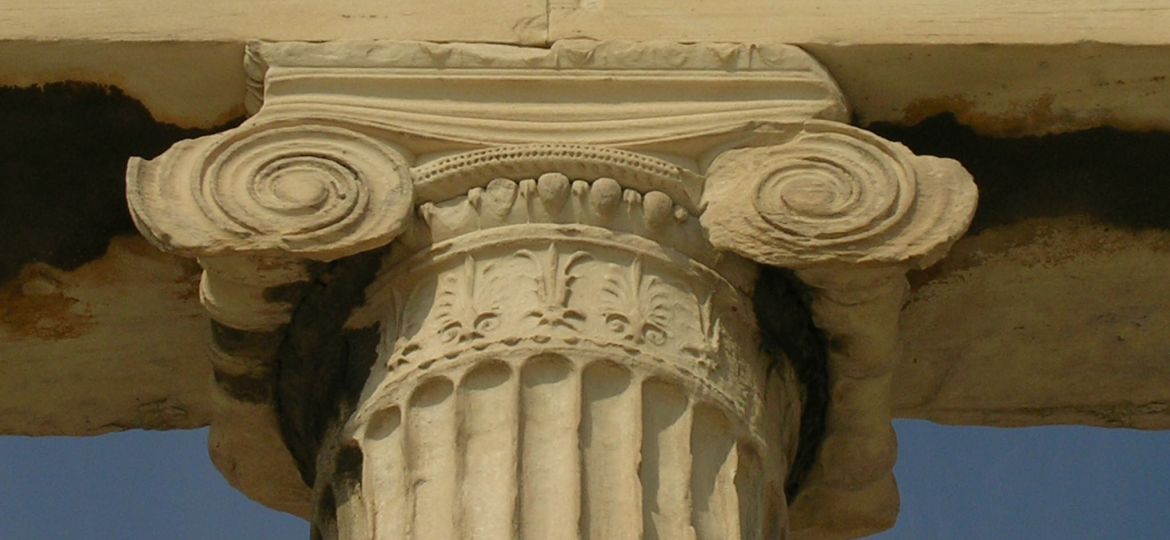The restoration of historic buildings is not just about renovation; it’s a process of preserving the cultural heritage that connects past generations with the present and future. In this context, project management in restoration plays a crucial role, as it involves much more than overseeing construction work: it ensures that architectural heritage is carefully and precisely preserved and revitalized, while improving functionality to meet contemporary needs.
The Importance of Management in Restoration Projects
When we talk about historic building restoration, the challenge is not only about repairing structures or restoring finishes. It involves a delicate process of intervention, where it is essential to consider conservation regulations, respect for original techniques, and the integration of new materials that do not alter the building’s aesthetic and character. This is where project management becomes a key factor.
As project managers for restoration, our role is not to carry out the construction work, but to coordinate and supervise the entire process, ensuring that every stage is executed with the utmost care, precision, and respect for heritage. From the initial planning to the final delivery, we ensure that timelines, budgets, and technical specifications are met, while minimizing the risk of damaging valuable historical elements.
Preserving Cultural Heritage
The primary goal of any restoration project is to preserve cultural heritage. Each historic building is a unique testimony to the history, architecture, and traditions of its time. In managing restoration projects, we do not just aim to revive the structure; we also work to maintain its authenticity so future generations can experience it in its most original form.
This work requires a deep understanding of restoration techniques, the history of the building, and conservation regulations. It is an interdisciplinary effort that involves architects, historians, engineers, and skilled craftsmen who collaborate to achieve a comprehensive and respectful restoration.
Enhancing Functionality Without Losing Identity
One of the greatest challenges in restoring historic buildings is balancing preservation with modernization. While old buildings have invaluable historical value, they must also adapt to the demands of contemporary use. This may include upgrading electrical systems, incorporating energy-efficient climate control, or modernizing interior spaces for greater functionality.
As project managers, we work closely with specialists to ensure that, when these changes are made, the building’s original character is not lost. The key lies in choosing modern solutions that are either invisible or seamlessly integrated into the historic setting.
Planning, Coordination, and Supervision
Restoring historic buildings is a process that requires meticulous planning. Every phase of the project must be carefully managed to avoid any damage to the structure or original elements. From obtaining permits to selecting specific materials, each decision has a direct impact on the final outcome.
Our role as project managers is to coordinate all the stakeholders involved: architects, engineers, contractors, and local authorities. Additionally, we oversee that all work is carried out according to conservation standards and in compliance with legal regulations that protect historic heritage.
Conclusion
Project management in historic building restoration is a challenge that requires meticulous attention to detail, deep respect for heritage, and a modern vision to ensure the building’s functionality. Our role is not only to ensure projects are executed efficiently and within budget, but also to make sure that the cultural value and essence of the buildings are preserved for future generations. By doing so, we contribute not only to keeping the past alive, but also to adapting it sustainably for the future.

